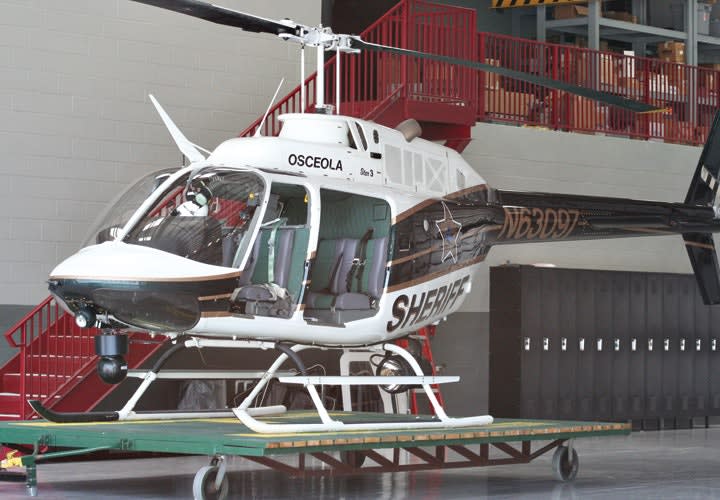When possible, the ground unit requesting aviation support should wait until the helicopter is on scene to effect a traffic stop. That way if the occupants bail, the helicopter is already on station.
Sometimes a TFO will only catch a glimmer or small piece of a heat signature while in orbit. It's critical that officers on the ground keep a good perimeter and send units to check out the location before the signature is lost. Thermal imagery is effective, but it's not bulletproof. Sometimes skill and luck have to collide to make it successful.
Ground units need to understand that when they give out descriptions about tattoos, jewelry, or scars, those things don't help the flight crew. During the day, bigger descriptors like the top layer clothing color, direction of travel, vehicle damage, or something that they are carrying helps more. "Zoom" on the camera is not like CIA satellites in the movies.[PAGEBREAK]
Advising the time delay will give the air crew clues as to how to plan their search. The longer the delay, the wider the search has to be.
When dealing with missing persons, physical descriptions are critical. Height, weight, age, hair color, clothing are standard. However, other descriptors are equally important and often omitted. For example, does the person use a cane or walk with a limp? These things will help the flight crew to differentiate them from other people in the area.













